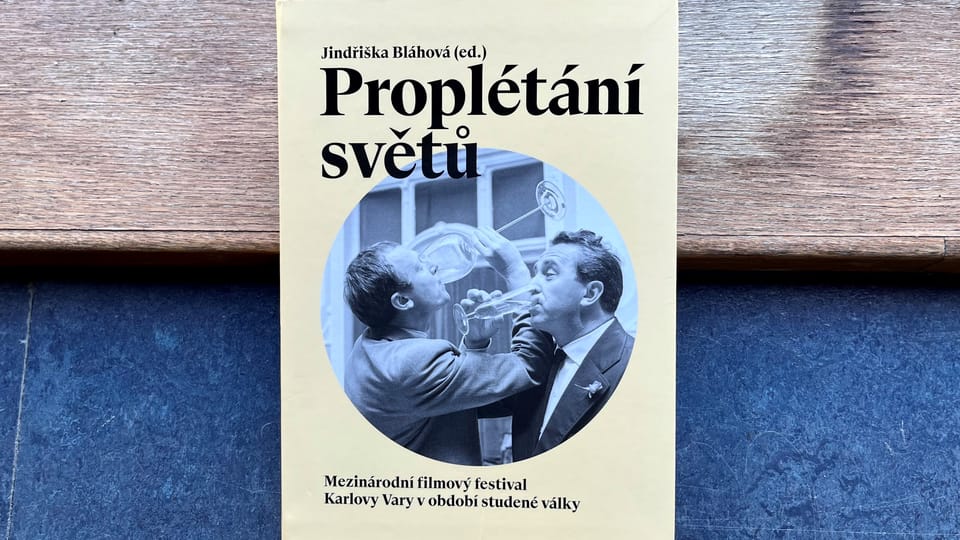
Photo: Ian Willoughby, Radio Prague International
Today Karlovy Vary International Film Festival is the region’s premier cinema showcase. But practically half of its long history took place under communism – and the event in that period is the subject of a new book, Proplétání světů, Intertwining Worlds. So what did Karlovy Vary look like in the Cold War era? And why did it alternate for decades with the Moscow film festival? I discussed those questions, and much more, with the publication’s editor, historian and film journalist Jindřiška Bláhová.
Why was the festival set up in 1946?
“A combination of ambitions and politics, to put it simply. Because in ’46 cinema was nationalised and within that there was an idea, Let’s have a festival. “But, mind you, it wasn’t a festival like we imagine now. It was only 12 films. It was only a teeny tiny thing.
“It was basically driven by the idea, France has a festival, in Venice there’s a festival. “In their vision of greatness – it was part of their post-war new identity and the awakening of the nation – the representatives of Czechoslovak film decided, Oh, we can also have a festival.
“And they had a small festival to showcase the greatness, or future greatness, of Czechoslovak cinema. Because the idea was that Czechoslovak cinema can be at the forefront of global cinema.
“It was also crucial for the showcasing not only of film but the project of nationalising or making cinema state-owned as a viable, great project for the future. Because not everybody agreed – there was opposition.
See the rest here.
Author: Ian Willoughby

